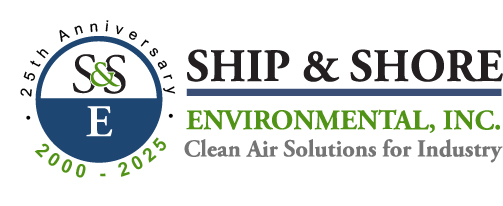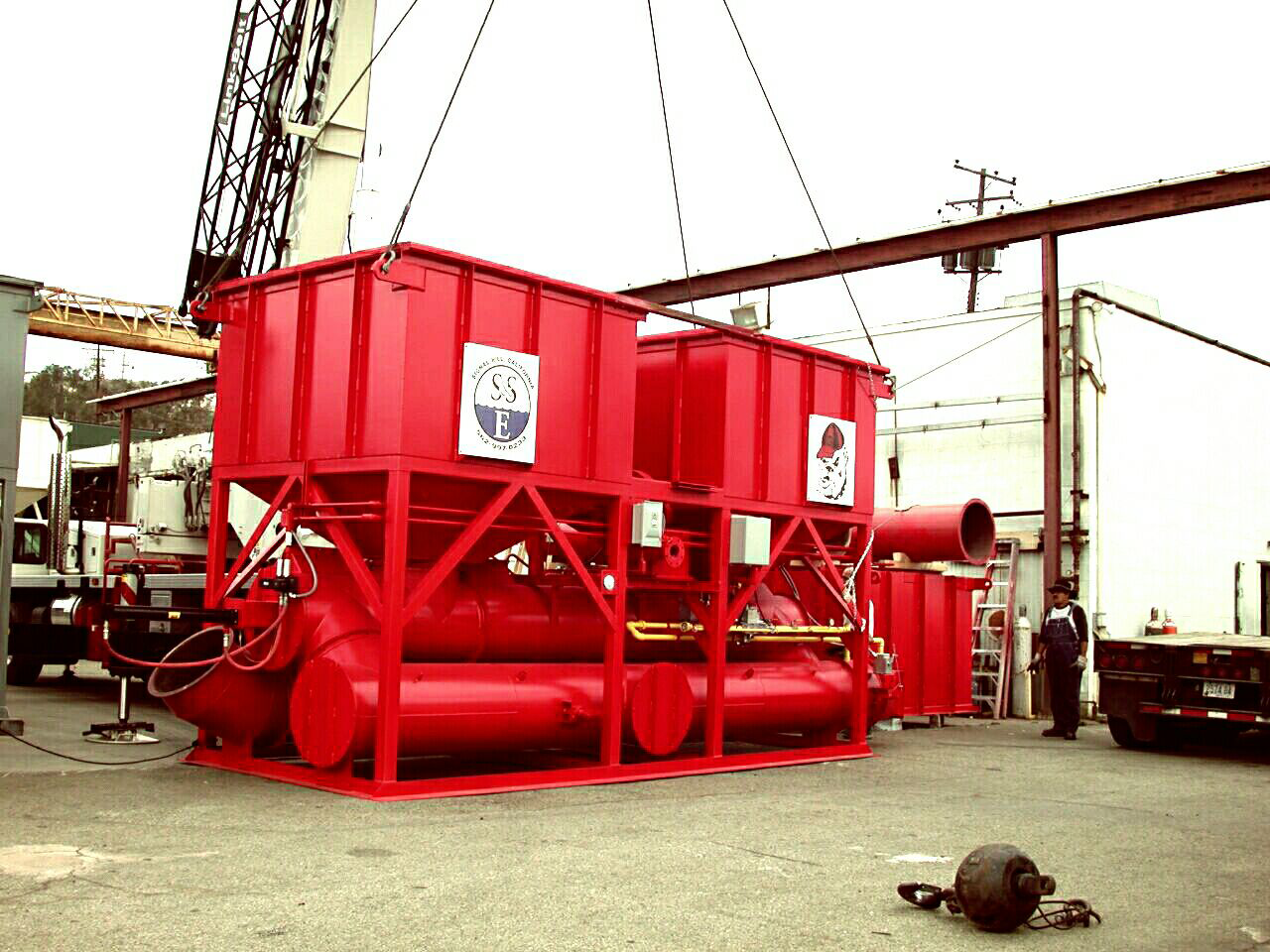
#TechTalk: Advanced VOC Abatement and Energy Optimization in Coil Coating Operations
September 24, 2025 8:20 am#TechTalk: Advanced VOC Abatement and Energy Optimization in Coil Coating Operations
September 24, 2025
Coil coating is a precision-driven process that provides the durable and premium finishes used in appliances, construction materials, and numerous other metal-based products. According to the National Coil Coating Association (NCCA), the method is a continuous, automated operation where steel or aluminum coils are unwound, cleaned, pretreated, primed, coated, cured, and recoiled—all at line speeds up to 700 feet per minute. This efficiency makes coil coating one of the most advanced finishing technologies in modern manufacturing.
Process Flow in Coil Coating
Though highly automated, coil coating lines consist of multiple tightly controlled stages:
- Unwinding and coil stitching
- Strip cleaning and power brushing
- Chemical pretreatment and drying
- Primer application and curing
- Cooling before topcoat application
- Final curing cycle
- Cooling to room temperature
- Recoiling and packaging
Each step is critical for maintaining product quality while also complying with strict environmental standards.
VOC Emissions: A Regulatory Challenge
Due to the use of solvent-based cleaners and coatings, coil coating operations generate significant volumes of volatile organic compounds (VOCs). These emissions—regulated at federal and state levels—must be effectively controlled to ensure compliance and minimize environmental impact. Primary emission sources include:
- Cleaning and pretreatment systems
- Paint application zones and dip tanks
- Curing ovens and exhaust streams
- Paint storage and mixing areas
Air collection systems capture these exhausts and route them to thermal oxidizers for destruction.
Thermal Oxidizer Technologies
Recuperative Thermal Oxidizers (TOs):
- Use combustion chambers with integrated air-to-air heat exchangers (~60% efficiency).
- Preheat incoming exhaust to 1450–1500°F, lowering fuel demand.
- Utilize VOC-laden air’s BTU value to minimize burner firing.
- Achieve destruction efficiencies of >99%.
Regenerative Thermal Oxidizers (RTOs):
- Employ ceramic heat exchange media with up to 95% thermal efficiency.
- Provide 98–99% VOC destruction at standard chamber temperatures.
- Significantly reduce natural gas use by preheating process air.
- Offer energy recovery from oven exhausts, bypasses, and oxidizer outlets.
Energy Recovery Opportunities
Beyond abatement, coil coating facilities can recover and reuse excess heat for:
- Steam or hot water for pretreatment systems
- Preheating oven makeup air
- Conditioning process air prior to abatement
Integration with secondary recovery systems often qualifies facilities for energy rebates and incentive programs, offsetting capital investment while delivering long-term operational savings.
Ship & Shore Environmental’s Role
Ship & Shore Environmental partners with coil coating manufacturers to provide tailored solutions that balance compliance with efficiency. By engineering advanced abatement and recovery systems, Ship & Shore enables facilities to achieve:
- Reliable VOC destruction
- Lower energy consumption
- Reduced operating costs
- Access to incentive programs
Through these solutions, Ship & Shore has become a trusted partner for coil coating Manufactures worldwide—delivering not only compliance but also measurable long-term value.
📞 Contact us at +1 (562) 997-0233
📧 Email: service@shipandshore.com
Categorised in: #CleanAirSolutions, #MadeInAmerica, #VOC Control, 25Years of S&SE, Ship & Shore, Technical, TechTalk, ThermalOxidizer, VOC Abatement


